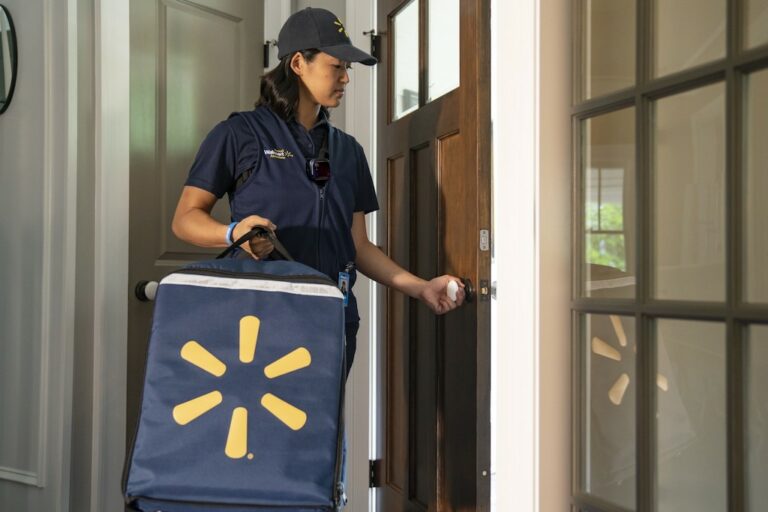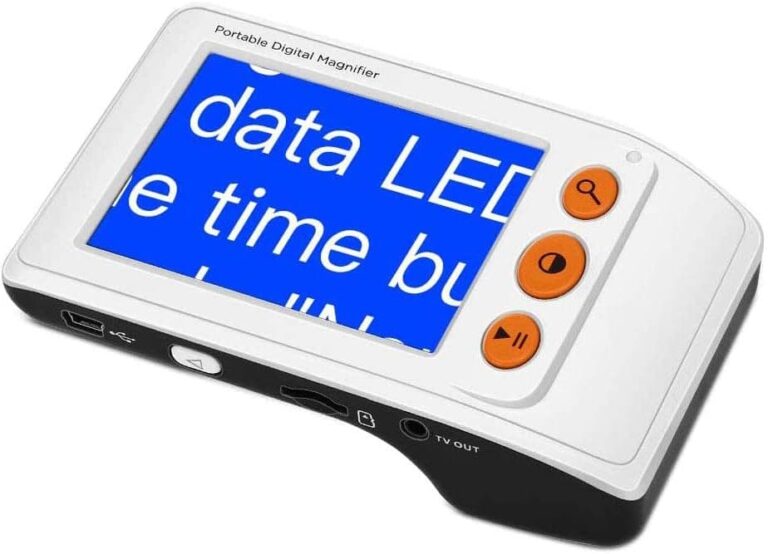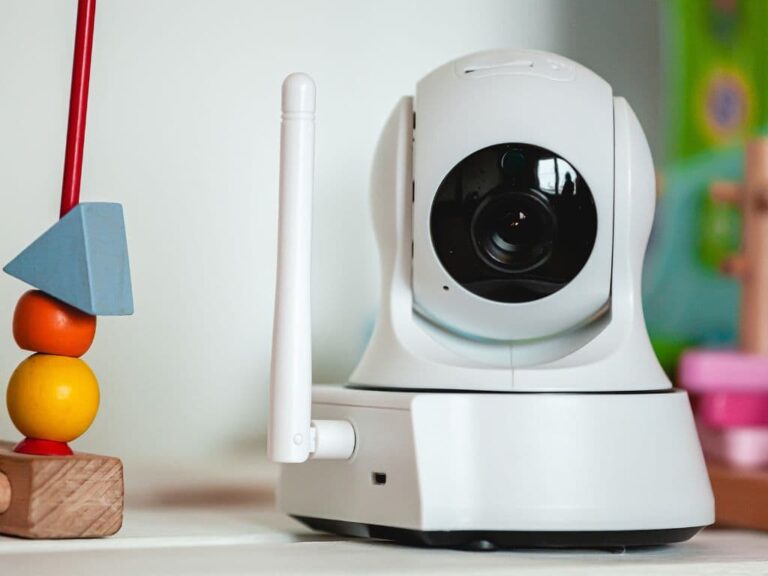How to Get Free Incontinence Products?
Managing incontinence can be difficult and expensive for seniors on a fixed income. Having access to quality incontinence products helps seniors maintain their dignity, independence and overall quality of life. The good news is there are resources available to help seniors get the supplies they need at little or no cost.
Seniors can obtain free incontinence products through Medicaid, local diaper banks, Salvation Army’s food pantries and senior programs, food stamp benefits, and nonprofits like Helping Hands Senior Foundation. They can also use resources like the 2-1-1 referral service, local offices on aging, the National Association for Continence hotline, and senior centers to find these services.

This article will discuss the different types of incontinence products, ways for seniors to get them for free, the benefits they provide, challenges associated with accessing them, and resources to help.
What Are the Different Types of Incontinence Supplies Available for Seniors?
There are several types of incontinence supplies available to manage issues like urinary or fecal incontinence. Knowing the options can help seniors find the right products for their needs.
Adult diapers come in various levels of absorbency for light, moderate or heavy leakage. They are similar to baby diapers but sized for adults. Most have wetness indicators that change color when the diaper is soiled.
Underwear and pads provide more discretion than adult diapers. Disposable underwear looks like regular underwear but contains an interior absorbent pad.
For minor leakage, absorbent pads and liners can be worn in regular underwear. Light bladder pads are thin and discreet, while heavier pads are more absorbent.
Protective underwear are waterproof covers worn over absorbent underwear or pads to prevent leaks. They provide an extra layer of protection.
Bed pads and underpads protect mattresses from incontinence accidents overnight or during bedrest. They have a layered, absorbent interior with a waterproof backing.
These supplies are crucial for protecting clothes and bedding while enabling seniors to maintain an active lifestyle. For those with limited mobility, the right products prevent having to rush to the bathroom.
How Can Seniors Get Free Incontinence Supplies?
There are several ways for seniors to get quality incontinence products at no cost if they qualify.
Medicaid covers incontinence supplies in most states. Coverage varies, but most Medicaid plans provide at least a basic supply of products each month. With a prescription, adult diapers and other supplies can be obtained through health supply retailers that accept Medicaid.
Some organizations called diaper banks distribute free supplies locally to seniors in need. Diaper banks accept donations of new and open packages of adult incontinence products. Seniors must complete an application to receive assistance.
The Salvation Army offers incontinence products through local food pantries and senior programs. Items are provided based on donations received. Seniors should check with their local office to learn about availability.
Food stamps can be used to purchase incontinence supplies. While food stamps cannot be used for medicine, adult diapers are classified as medical supplies. Food stamp benefits apply at most major retailers that stock incontinence products.
Nonprofits like Helping Hands Senior Foundation have programs to provide free adult briefs, pads and other supplies to low-income seniors who qualify based on need. An application is required to receive assistance.
What Are the Benefits of Having Access to Incontinence Supplies for Seniors?
Having a reliable supply of incontinence products delivers important benefits for seniors beyond just managing accidents.
- It helps seniors maintain their dignity by reducing embarrassing leaks and odors in public.
- It enables greater independence by reducing the fear of having an accident while away from home.
- It improves quality of life by letting seniors enjoy activities without worry.
- It boosts confidence by ensuring clothing and bedding remain clean and dry.
- It enhances mobility for seniors with limited ability to make it to the bathroom in time.
No senior should have to choose between buying food or purchasing incontinence supplies. Having access helps older adults continue participating in community and family life with less stress.
What Are the Challenges of Finding and Getting Free Incontinence Supplies for Seniors?
While resources exist, seniors can face obstacles to getting the free incontinence products they require.
- Complex paperwork and requirements to qualify for Medicaid and other programs
- Enrolling without computer access or someone to assist navigating the system
- Scam websites that pretend to offer free supplies but require payment
- Short supply at some local diaper banks due to limited donations
- Inconsistent stock of products at food pantries and charities
- Difficulty finding a nearby provider of free adult briefs and pads
- Embarrassment discussing incontinence issues and asking for help
Seniors may need to be persistent and proactive to find a free source of quality supplies. Those with limited mobility can have more difficulty getting to distribution sites.
What Resources Are Available to Help Seniors Get Free Incontinence Supplies?
There are resources to help low-income seniors connect to programs providing free incontinence products.
2-1-1 is a free referral service seniors can call to find local pantries, charities and government programs distributing adult diapers and other supplies for free.
State and local offices on aging assist seniors in applying for Medicaid and other financial assistance programs that cover incontinence products.
The National Association for Continence has a help hotline to refer seniors to national and local resources for getting free pads and adult briefs.
Senior centers are hubs providing information on availability of supplies through meal delivery programs, social services and community partners.
Seeking assistance can be difficult, so compassionate support is key. Having access to free incontinence products helps seniors in need get quality supplies delivered discretely.
Conclusion
Incontinence is a common but manageable condition for many seniors. Having access to the right supplies improves daily life. Adult diapers, pads and protective garments are available free through Medicaid, community organizations and assistance programs for those who qualify. Connecting to these resources takes effort but pays off in dignity, confidence and independence. No senior should go without the supplies they need. Support is available to help older adults get quality incontinence products at no cost.
Frequently Asked Questions
-
Will Medicare Part B pay for depends?
Medicare Part B covers tests that determine the source of incontinence. However, it doesn’t cover adult diapers. However, some Medicare Advantage plans might offer coverage. Medicaid, prescription drug cards, specific grants and diaper banks are all other options to pay for diapers.
-
Does VA pay for incontinence supplies?
You can receive coverage through VA Health Benefits for incontinence products for senior citizens if you are a vet and have been diagnosed with it by your doctor. The VA usually handles supplies for medical purposes through veteran’s Pharmacy Service.
-
Is urinary incontinence a disability?
Although you might not think of yourself as disabled, Continence issues are considered a disability.
-
What is an incontinence product?
Incontinence pads are used under clothing to absorb urine. Pull-up and pad pull-ups use the same technology that babies’ nappies. They have a hydrophobic layer, which attracts urine from the surface. Your skin will stay dry.
-
How can I get free incontinence products?
These charitable organizations provide diapers, incontinence and other supplies to low-income families and individuals in the community. These supplies are usually provided by the charity for no cost.
-
Does Medicare pay for Tena pads?
Medicare currently does not cover absorbent incontinent products. Products such as adult diapers, bladder control pads and pull-ons must all be purchased through another source.
-
What pad holds the most urine?
The Maxi-level pads have the most absorbency and are suitable for severe urinary or fecal incontinence. Maxi pads have super absorbency, while Super pads are very absorbent.
-
Does drinking more water help incontinence?
Although it might seem counterproductive to encourage people with urinary problems to drink more water, this can be beneficial. People are often tempted to consume less water or other fluids to decrease the frequency of urination.
-
Do incontinence pads hold a full wee?
People feel the urge to empty their bladder once it has reached half capacity. The average amount of urine that is excreted in one go is approximately a cup. Many pads can hold many times as much urine at once than they are capable of holding.
-
How do you hide incontinence pads?
When you want to conceal your products, skirts, dresses and tunics are all great choices.






